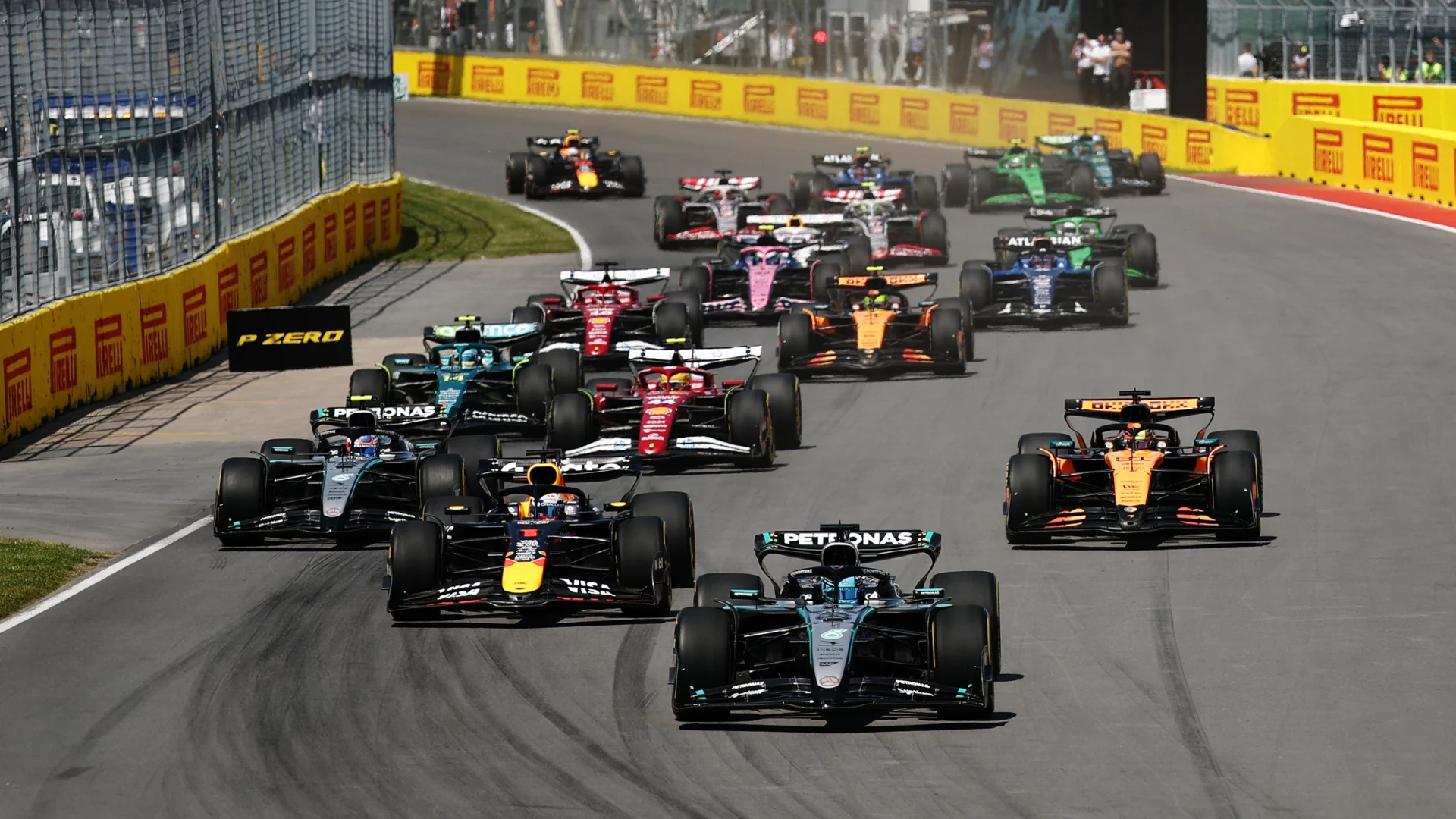Ahead of this weekend’s Austrian Grand Prix, two key documents created to assist the stewards in their decision making have been shared openly by F1’s governing body, the FIA.
Firstly, the ‘Driving Standards Guidelines’ – which were introduced at the drivers’ request in 2022 – provide clarity on conduct across various racing situations, including overtaking on the inside and outside of corners and at chicanes or S-bends.
Also covered are topics such as impeding, moving under braking while battling for position, rejoining the circuit following an incident, conduct behind the Safety Car and track limits infringements.
The latest version of the ‘Driving Standard Guidelines’ was drafted following a meeting between the drivers at last year’s Qatar Grand Prix, organised by the FIA and the FIA F1 stewards.
In addition, the ‘Penalty Guidelines’ – in existence for more than a decade – lists around 100 common infringements, recommended penalties and the penalty points that should be applied during each session of a race weekend.
While many details from both documents were already known by paddock insiders, the released files now make it clear for everyone, with F1.com taking a closer look at the Driving Standards document in particular…

Overtaking on the inside and outside
The FIA’s guidelines essentially split overtakes into two categories: ones that occur on the inside of a corner and ones that occur on the outside.
When overtaking on the inside of a corner, the document makes clear that the overtaking car must have its front axle at least alongside the mirror of the other car prior to and at the apex to be entitled to be given room.
The car must have been driven in a “fully controlled manner”, particularly from entry to apex, without “diving in”, as well as having taken a “reasonable racing line” and completed the move whilst remaining within track limits.
When it comes to overtaking on the outside of a corner, it is noted that this “will always be viewed as a more difficult manoeuvre to accomplish”.
To be entitled to room in this situation, including at the corner exit, the overtaking car must have its front axle ahead of the front axle of the other car at the apex, as well as being driven in a “controlled manner” from entry to apex and exit, and making the corner within track limits.
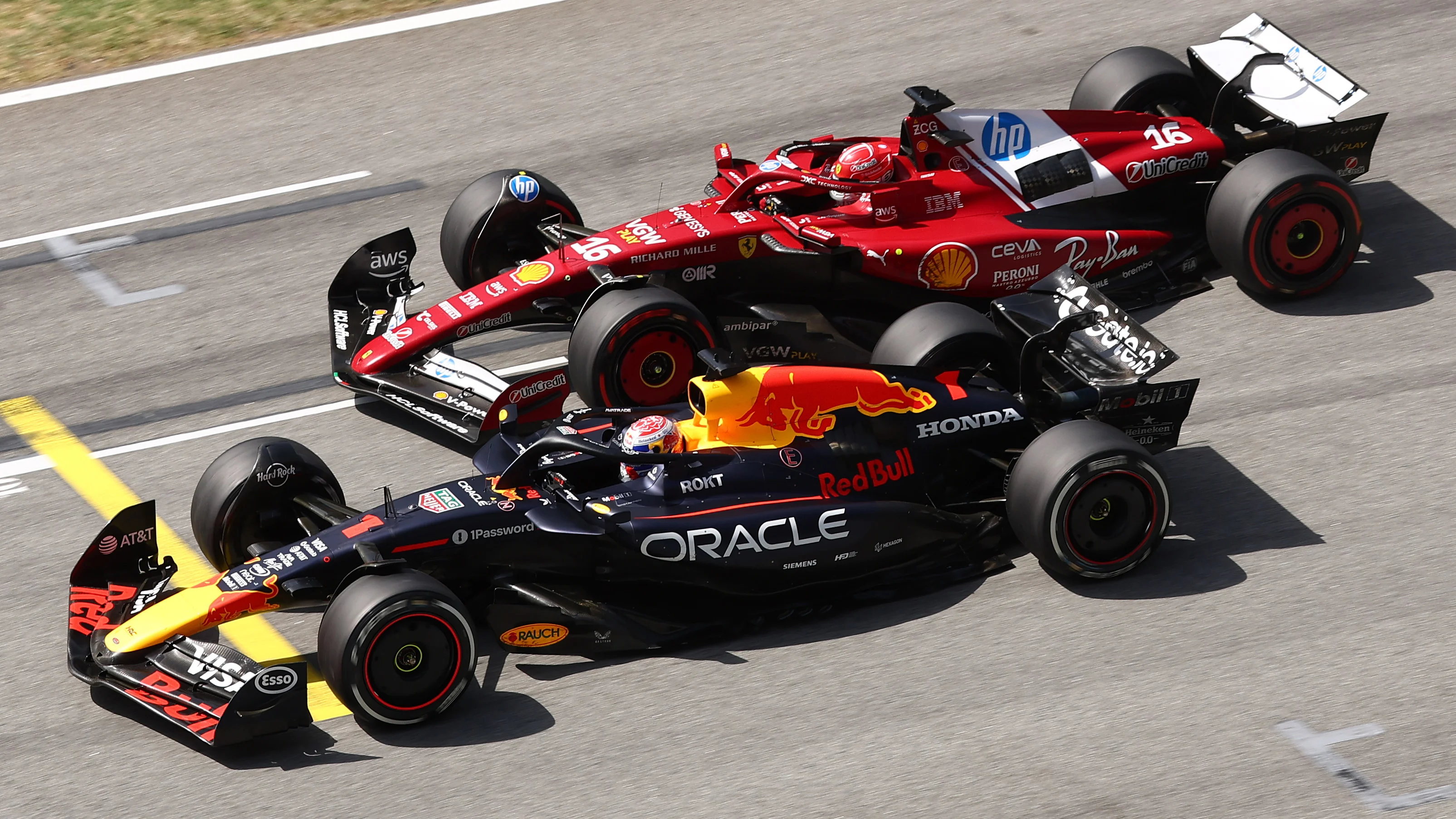
When it comes to chicanes and S-bends, the above guidelines for the inside and outside may apply for each element of the combination, with priority generally given to the first corner element.
Is anything else taken into account?
The FIA’s document goes on to describe racing as a “dynamic process”, with the stewards “always looking at how the situation played out in total when reviewing an incident”.
This includes the following pointers:
- How did the cars get to the incident? (E.g. late braking, diving in, moving under braking.)
- Was the manoeuvre late or ‘optimistic’?
- What could the drivers reasonably see, know, or anticipate?
- Do the panel believe the manoeuvre could be completed on the track?
- Was there understeer / oversteer / locking?
- Did someone position / handle their car in a way that contributed to the incident?
- Did the type of corner contribute to the incident? (e.g. camber, kerbs, curve, apexes)
- What were the relative tyres / tyre age / grip?
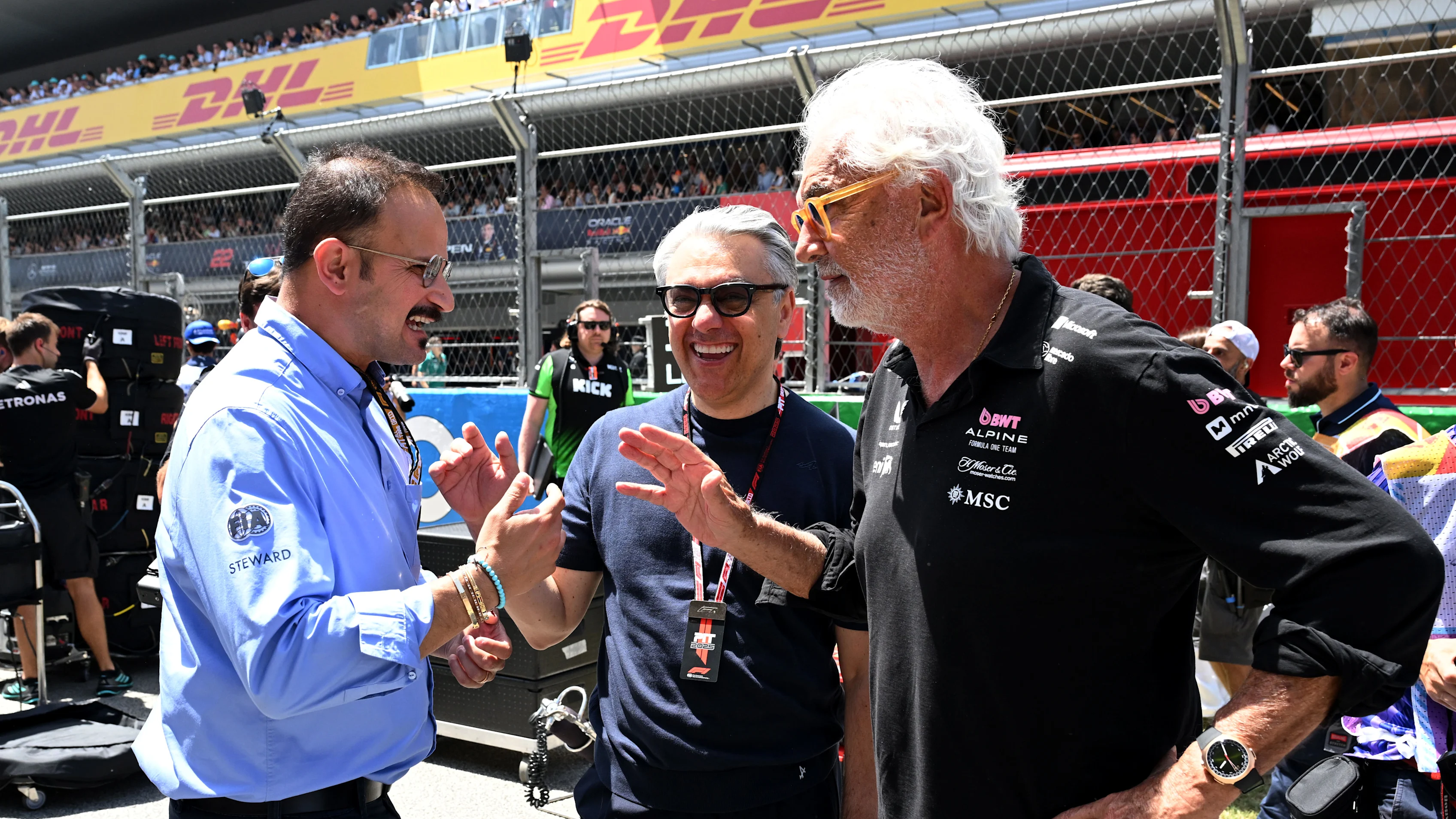
What else must drivers keep in mind?
Moving on the straight is another important topic in the Driving Standards Guidelines, with the FIA’s document highlighting Appendix L, Chapter IV, Article 2 of the International Sporting Code when it explains: “More than one change of direction to defend a position is not permitted.
“Any driver moving back towards the racing line, having earlier defended [their] position off-line, should leave at least one car width between [their] own car and the edge of the track on the approach to the corner.
“However, manoeuvres liable to hinder other drivers, such as deliberate crowding of a car beyond the edge of the track or any other abnormal change of direction, are strictly prohibited.”
Moves intended to break the slipstream of a following car when the following car is a safe distance behind, considering relative speeds and position on the track, may be deemed acceptable.
Meanwhile, in terms of moving under braking, it is stressed that there must be no change in direction by the defending car after the deceleration phase has commenced, except to follow the racing line.
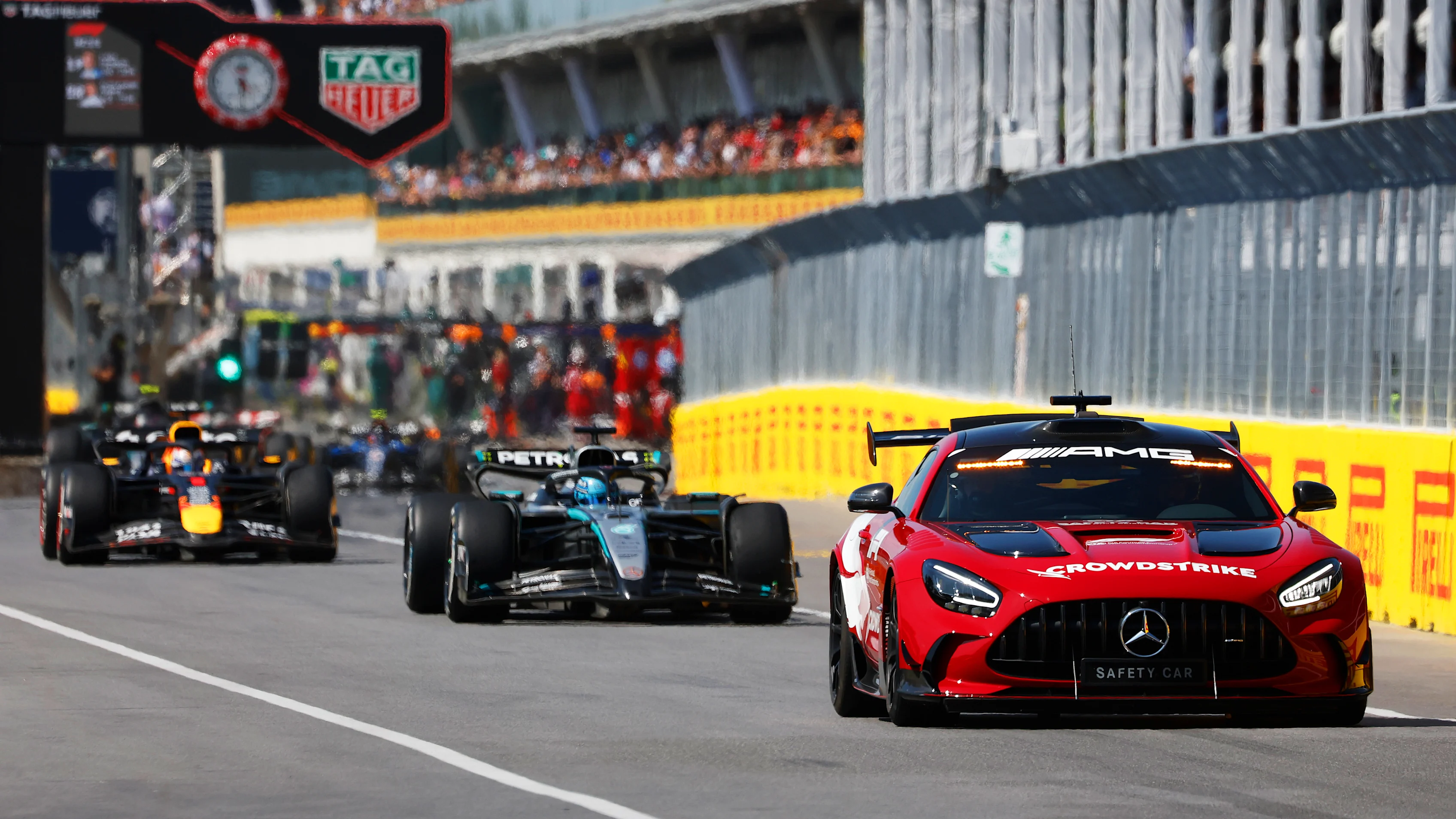
Drivers are also reminded about giving back any lasting advantage gained from leaving the track, re-joining in a safe manner, avoiding impeding incidents through “unnecessarily slow” or “erratic” driving, and not making any dangerous manoeuvres behind the Safety Car.
Track limits
Track limits take up a significant portion of the Driving Standards Guidelines, which note that respecting them “is important for both racing fairness and safety”.
“Drivers must make every reasonable effort to use the track at all times and may not leave the track without a justifiable reason,” continues the document, bringing in Article 33.3 of the F1 Sporting Regulations.
“Drivers will be judged to have left the track if no part of the car remains in contact with it and, for the avoidance of doubt, the white lines defining the track edges are considered to be part of the track, but the kerbs are not.”
Beyond Free Practice and Qualifying, where drivers can lose lap times for invalid attempts, a ‘three strikes’ system is normally applied in race sessions prior to a black/white flag or penalty, as per the Sporting Regulations.
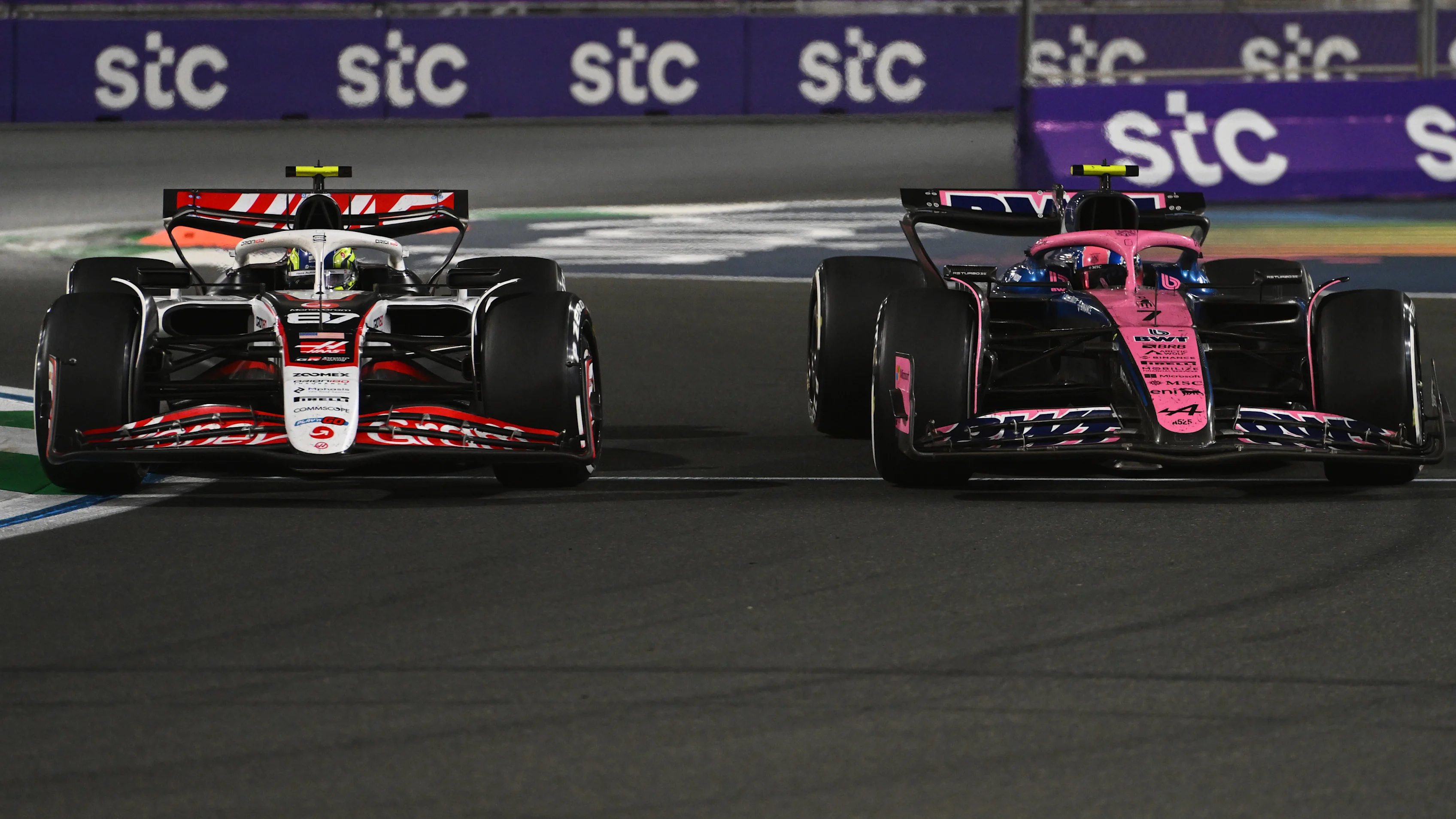
Any invalid lap is deleted and counted as a strike, with the following exceptions:
- If a driver exceeds track limits following an obvious loss of control.
- If a driver exceeds track limits in order to avoid a collision e.g. Typical Lap 1, Turn 1 incident.
- If a driver has been considered to be ‘forced off’ by another car (in a decision of the stewards)
- If a driver exceeds track limits and is penalised for gaining a lasting advantage or unsafe re-join.
- If a driver exceeds track limits during an incident which is penalised for any other reason. E.g. if a driver exceeds track limits during an incident for which they are penalised for causing a collision.
What about the penalties document?
Alongside the Driving Standards Guidelines, the FIA has released its long-standing Penalty Guidelines, which covers both penalties and penalty points given out to drivers for a whole host of on- and off-track situations.
From leaving the track and gaining an advantage (as touched on above) to causing a collision, and failing to respect flags to general driver misconduct, all scenarios and advised sanctions are listed one by one.
You can read the full document – and extensive penalty tables within it – here.
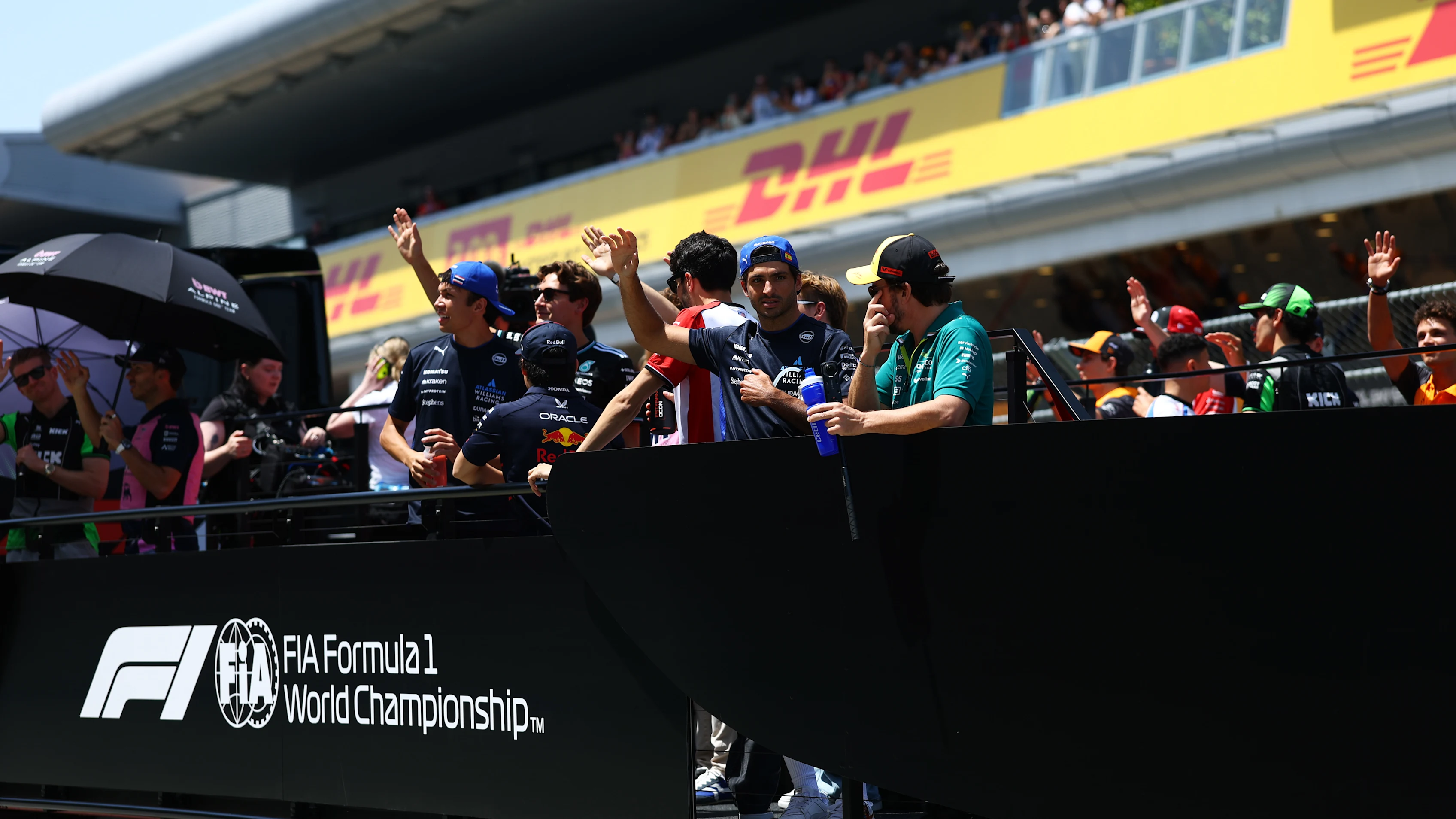
An attempt to provide “clearer understanding”
In short, it is hoped that by making the Driving Standards and Penalty documents public, fans and the media will have a greater understanding of what goes into F1’s judicial process.
FIA President Mohammed Ben Sulayem commented: “FIA stewards perform a hugely complex task, not just in Formula 1 but across all of our championships, and they do this voluntarily, with great passion and commitment. That dedication is all too often met with extreme and wholly unwarranted criticism.
“To demonstrate the rigour with which they pursue their role, we are today publishing the Penalty and Driving Standards Guidelines that assist them with their decisions. This will give fans and members of the media a much deeper and more accurate insight into how decisions are made in Formula 1.
“The Penalty Guidelines have been a core tool for almost a decade while the Driving Standards Guidelines introduced in 2022 and constantly updated have brought the most important voices, those of the drivers, to the table to create a genuine reference for certain racing situations.”
Mercedes driver and Grand Prix Drivers’ Association Director George Russell added: “Greater transparency within the governance of our sport is an important issue and this is a useful step in that direction.
“Hopefully it will be beneficial for the sport to give the media and fans a clearer understanding of the rules of engagement when we're racing on track, and to help them understand how the stewards reach their decisions.”

Next Up
Related Articles
 OFFICIAL RACE PROGRAMME - 2025 Austrian Grand Prix
OFFICIAL RACE PROGRAMME - 2025 Austrian Grand Prix.webp) UnlockedHerbert's shock victory for Stewart at the Nurburgring
UnlockedHerbert's shock victory for Stewart at the Nurburgring Beyond The GridBrad Pitt on becoming Sonny Hayes for ‘F1 The Movie’
Beyond The GridBrad Pitt on becoming Sonny Hayes for ‘F1 The Movie’ The key cast members for 'F1 The Movie' and who they play
The key cast members for 'F1 The Movie' and who they play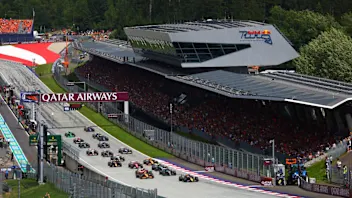 What time is the 2025 Austrian Grand Prix?
What time is the 2025 Austrian Grand Prix?.webp) Need to KnowThe most important facts and trivia ahead of Austria
Need to KnowThe most important facts and trivia ahead of Austria
